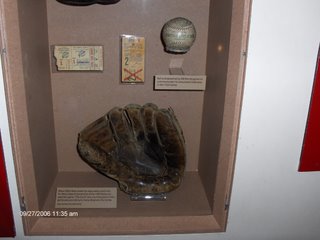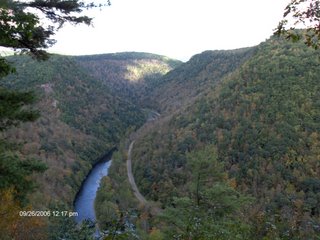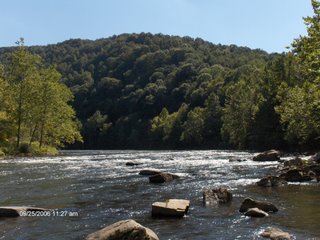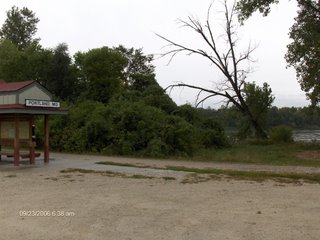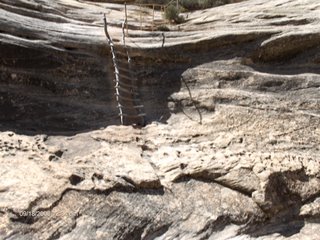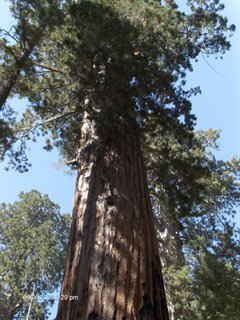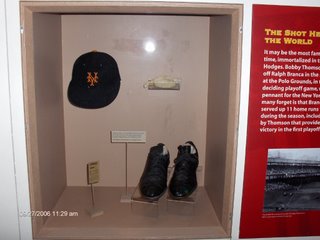
I guess most of my friends aren't Giants fans, but dammit, I am, despite their year end collapse in '06. This exhibit has Bobby Thomson's hat and shoes that he wore when he hit the pennant winning homer in 1951 at the Polo Grounds. The lumpy object to the right of Bobby's hat is the rosin bag used on the mound by Ralph Branca, the pitcher for the Dodgers who gave up the home run. As it turned out, Thomson and Branca became good friends, and have toured the country together as the tandem immortalized in '51. They're still both going strong, serving as ambassadors of baseball.
